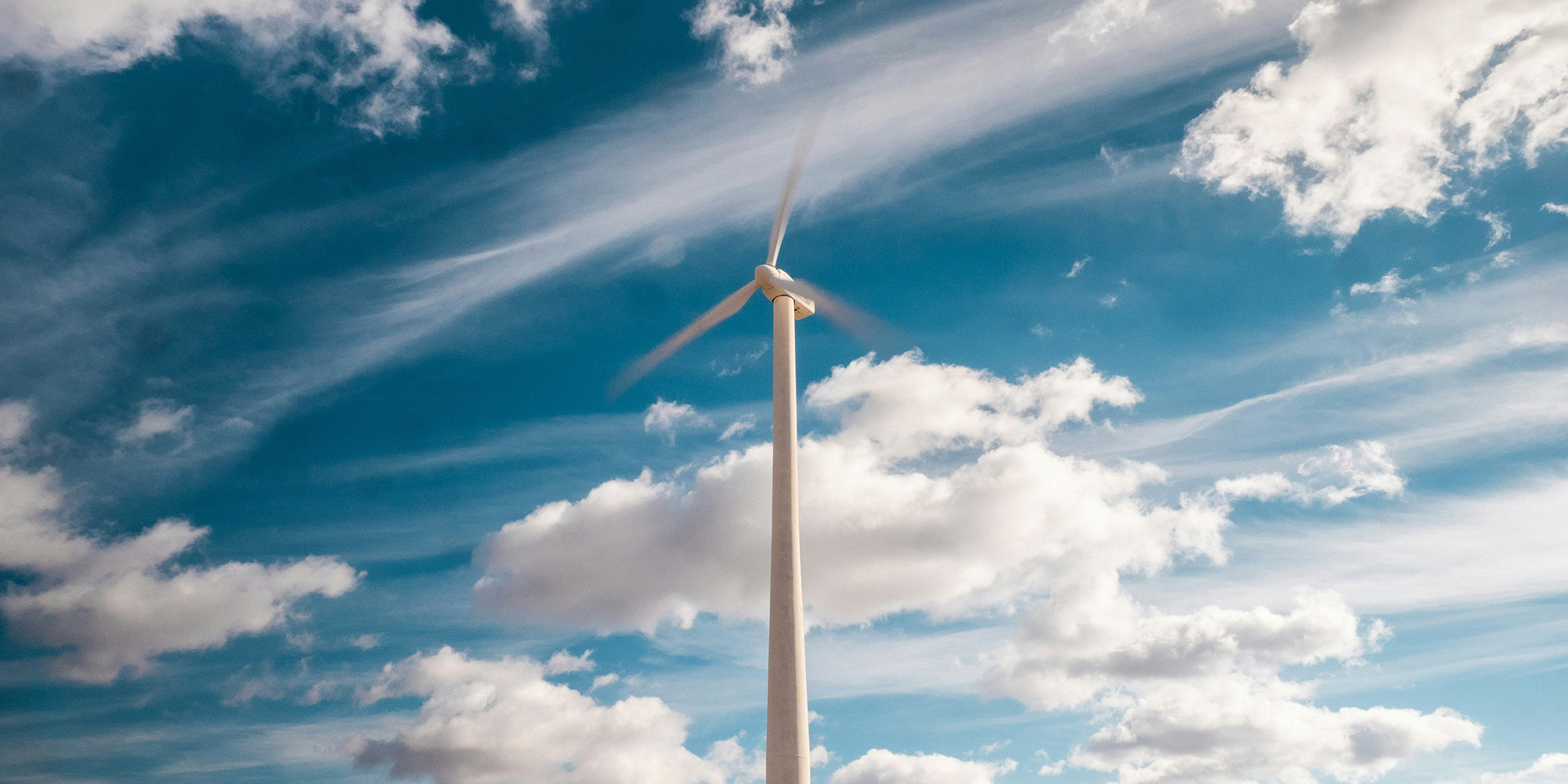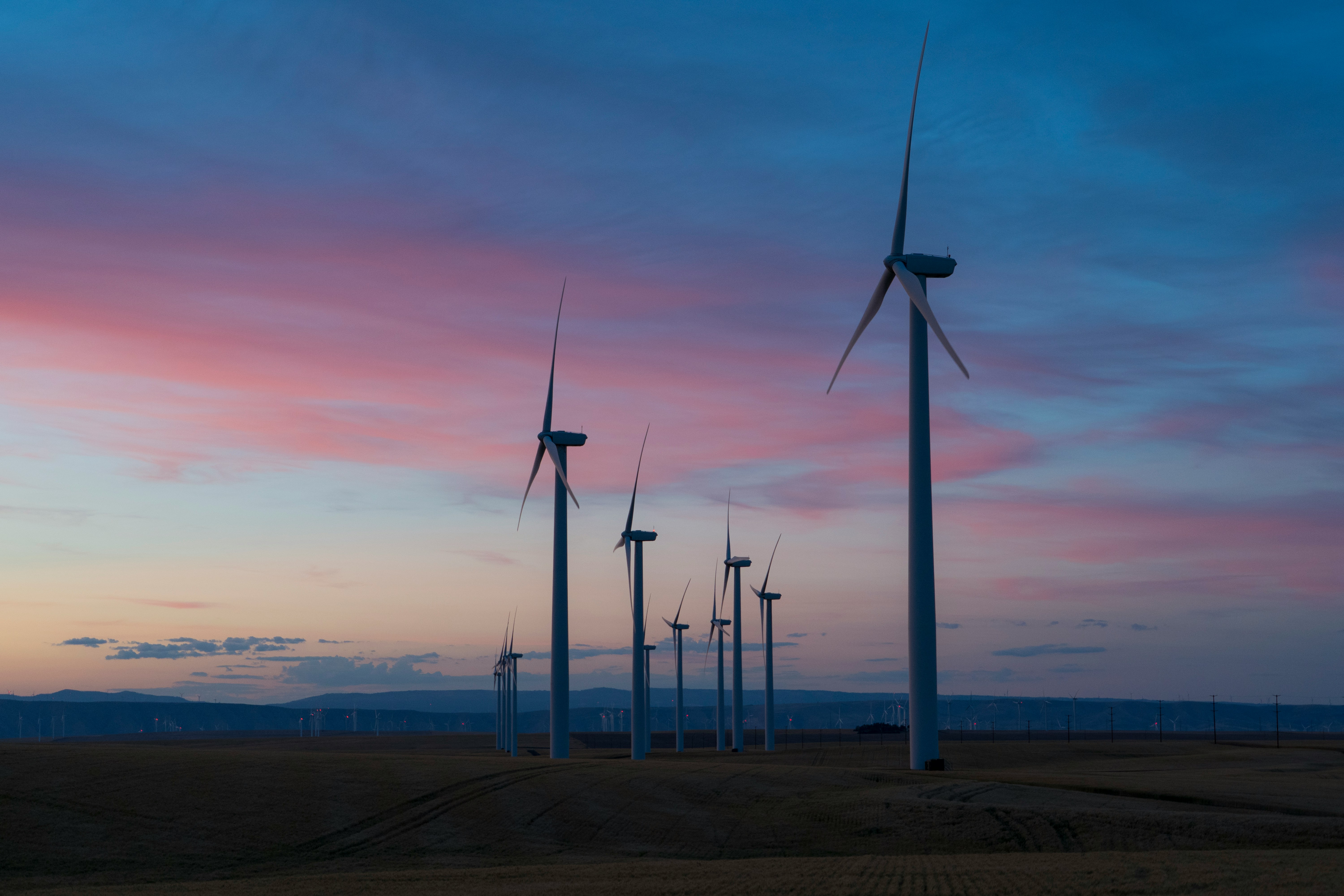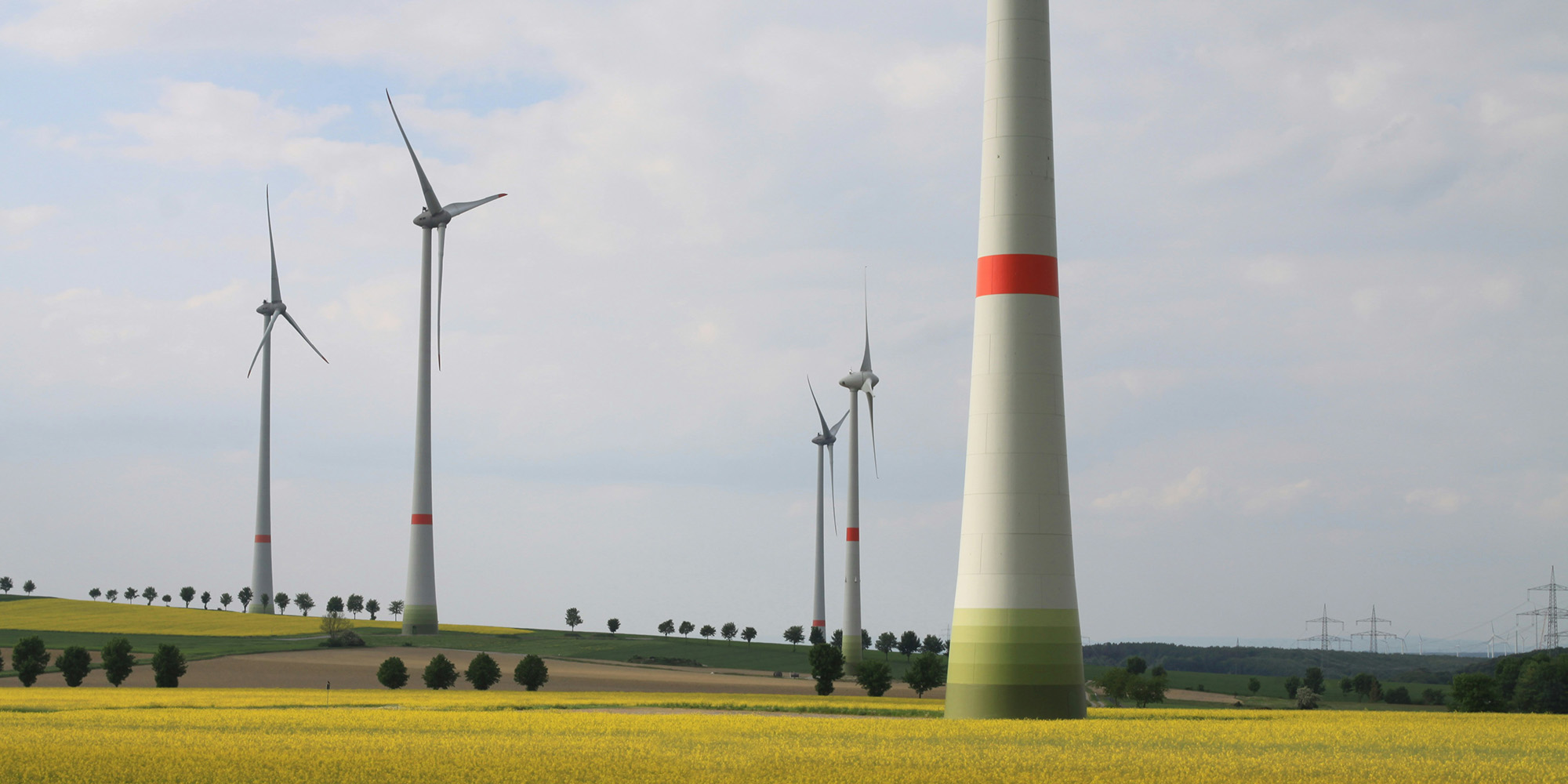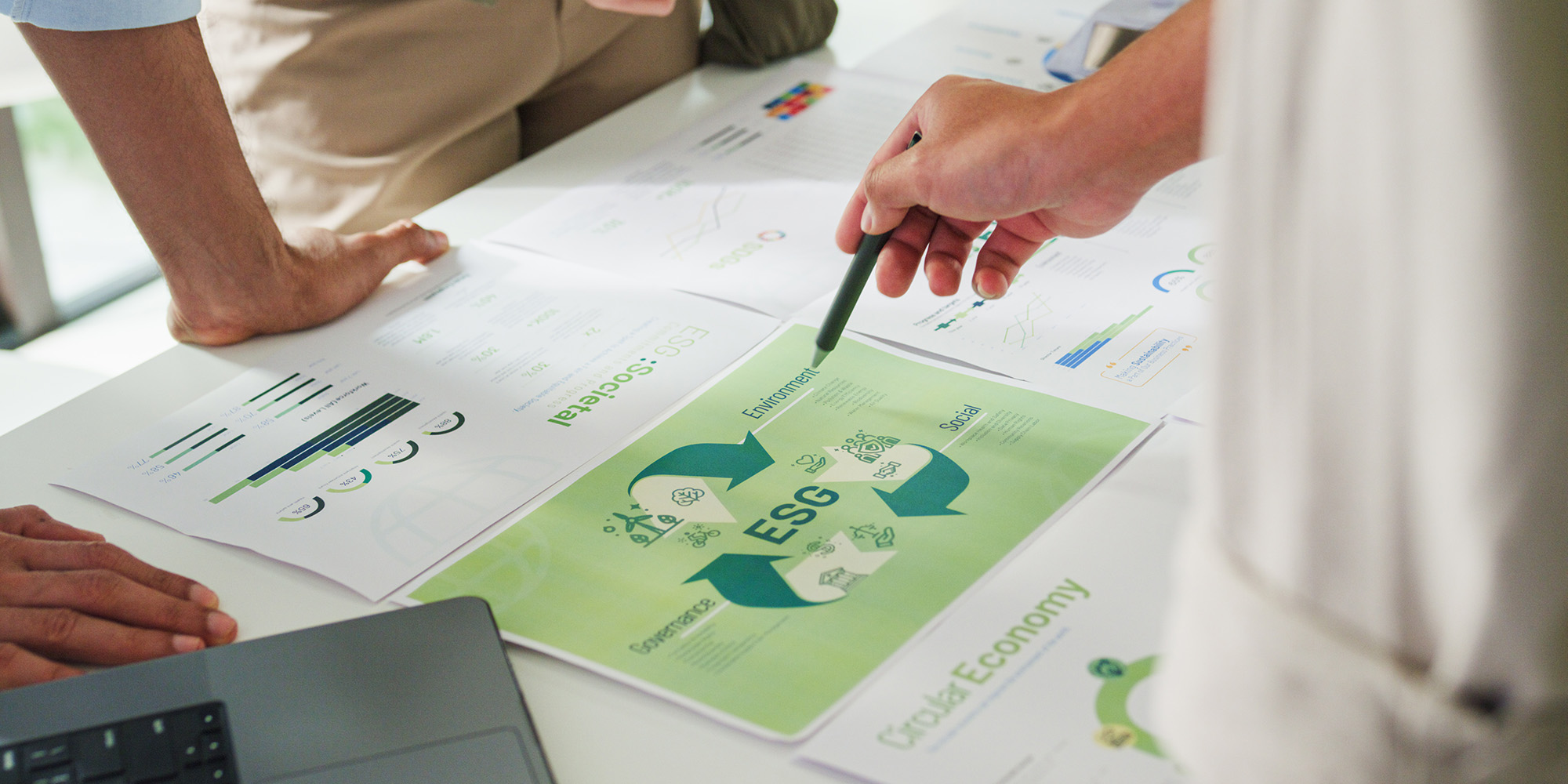Transitioning to renewable energy is not straightforward in every country. Some have little renewable energy production, making Energy Attribute Certificates (EACs) hard to obtain. Others have national energy tracking systems with complex rules, while some are prone to sudden policy changes. Businesses committed to using renewable energy globally often encounter barriers to meeting their targets.
In this article, we highlight examples of challenging markets for corporate renewable energy buyers and offer recommendations to overcome obstacles while reducing costs.
What are some of the world’s most difficult markets for renewable energy buyers?
Certain countries present challenges for EAC procurement due to supply constraints and policy-driven volatility. Some examples are:
- Singapore: The city-state is often cited as the prime example of a market with high demand and low supply. Renewable energy generation — and thus EAC issuance — is very limited compared to the country’s high electricity consumption, resulting in costly certificates.
- Taiwan: Another example of low supply and high demand, making it the most expensive country to source EACs.
- Mexico: Due to a supply constraint caused by the coexistence of the International Renewable Energy Certificates (I-REC) system with a national energy tracking system, Mexico saw I-REC prices skyrocket in 2025.
- South Korea: Although it is one of the world’s top economies, South Korea has low renewable energy penetration. In 2023, renewable sources accounted for approximately 9 %–9.6 % of the country’s total electricity generation. In consequence, EACs are scarce.
- Japan: I-REC issuance is limited. At the same time, two national EAC systems — J-Credits and Non-Fossil Value Certificates (NFCs) — offer alternatives for renewable energy buyers.
- Australia: There are two energy tracking systems operating in Australia: Large-scale Generation Certificates (LGCs) and I-RECs. However, Australia has consistently high EAC prices.
- Venezuela, Tunisia and Algeria: These are examples of countries without an energy tracking system, which makes it impossible to source EACs within their national borders.
- China: Previously the largest I-REC market, China recently shifted to national Green Energy Certificates (GECs), creating uncertainty for many buyers.
You can read more about how to procure GECs here: How to buy Green Electricity Certificates (GECs) in China
What can companies do to buy EACs in challenging markets?
There are several actions and approaches corporate buyers can take to maximise cost-efficiency and secure the EAC volumes they need to meet their targets.
Be flexible on timing
Corporate buyers often fix dates for procuring EACs for their annual consumption. Although this may simplify administrative processes, it can also force companies to purchase when availability is low and prices are high.
Being flexible with timing and consistently monitoring the market significantly increases the chances of securing the required volumes at a reasonable price.
Split purchases into smaller volumes
Some companies have such large volume requirements that they can single-handedly affect the price in already constrained markets. Attempting to acquire large quantities of EACs at once may therefore be counterproductive. Splitting these volumes and spreading purchases throughout the year can reduce market impact and help achieve lower prices.
Be aware of expiry and reporting dates
The validity of EACs and corporate disclosure cycles often differs. While EACs are typically purchased for the same consumption period as their production year, breaking from this logic can be beneficial.
I-RECs, for instance, do not expire and can be cancelled against different consumption periods. This means leftover volumes from previous years — often significantly cheaper — may still be used for current year consumption.
Other national EACs, such as Japan’s Non-Fossil Value Certificates (NFCs), have expiry dates that do not align with reporting deadlines — resulting in surplus credits that can often be bought and cancelled at a lower price. Similar opportunities may exist in other national markets.
Consider different EAC systems
In some countries, multiple energy tracking systems coexist. This may allow companies to choose the most cost-effective option. Japan, as mentioned before, is a good example, with three coexisting systems — all compliant with RE100 criteria — which often have significant price differences.
Be flexible on price
Monitoring market volatility and remaining open to different procurement options can reveal opportunities. However, if EAC prices remain high — like is often the case in Australia — the obvious alternative is to allocate a budget that is as elastic as possible.
Join corporate coalitions and support renewable-friendly policy
The goal of corporate renewable electricity procurement is to send effective market signals that increase the prevalence of clean power in the energy mix. Organisations such as RE100 set guidelines to maximise this impact and, on behalf of their members, advocate for policies that accelerate the transition in lagging countries.
Do your best — and be transparent
As mentioned earlier, in some countries, market-based systems for procuring renewable electricity do not exist. The alternatives available to companies are to build their own generation facilities, to advocate for policies that favour renewables, or to source EACs from neighbouring countries.
The last option has a catch: the Greenhouse Gas Protocol and organisations like RE100 will not recognise this as compliant with their guidelines. However, remember that buying renewable energy is always a positive action. Even though it is not an ideal situation, buyers are still sending market signals that they want more renewables in the energy mix. So, companies may choose this approach instead of remaining idle.
If you choose this path, be completely transparent in your reports. Explain the reasons why you cannot source within a given market and outline the rationale behind your chosen solution. Even when the rules appear to leave no room for action, businesses can still generate a positive impact.
How can Ecohz help
Keeping up with market fluctuations and policy changes across your locations is demanding. It is also crucial to achieving decarbonisation objectives. At Ecohz, we have more than two decades of experience following these movements closely and help you stay updated to uncover opportunities.
More than providing renewable energy as a commodity, we help you understand what is best for your company, how to generate the most impact with your clean energy purchases, and how to do it in the most cost-efficient way.


.png?width=3840&height=2560&name=Sun(1).png)

.png?width=3840&height=2560&name=Landscape_2(1).png)





